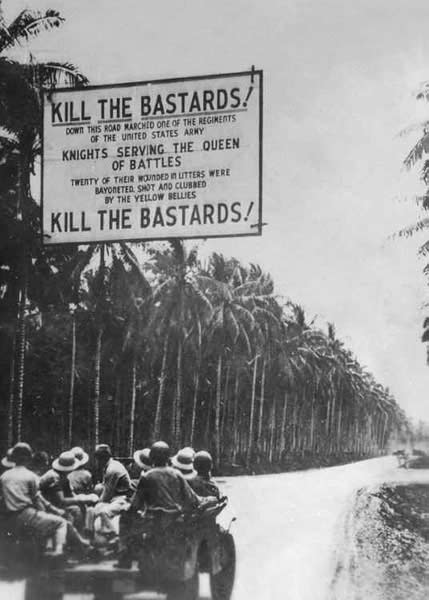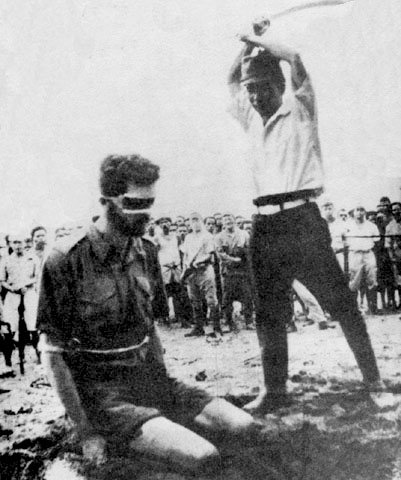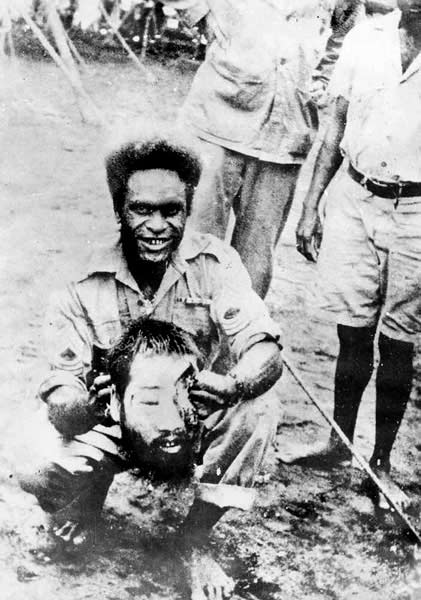AMERICAN THOUGHTS ON JAPANESE CAPABILITY

MT. FUJI - Photo by Wayland Mayo
Most Americans considered the Japanese as inferior warriors and their aircraft to be inferior to anything we had. They couldn't have been more wrong. The truth is that the typical Japanese pilot at the beginning of the war was well educated, well motivated, and well trained. Most in fact were quite superior in their capability. As the American industrial complex got rolling it was producing thousands of ships, tanks, aircraft and guns. Pilots were being trained by the thousands as the American onslaught restricted Japan from getting steel, rubber, oil, and other essential war materials. Japan had major problems replacing aircraft and pilots. Americans found the Japanese aircraft in the hands of a skilled pilot to be a formidable opponent.
To complete this story and try to explain exactly what the Americans and the rest of the world thought of the Japanese will require an understanding by the reader. You must realize that we are going to discuss events that happened over 60 years ago. I would like to begin by explaining that I spent several years in Japan during the Korean conflict, and that I have nothing but fond memories of those years. I remember the beauty of Mt. Fuji all covered with snow, the cherry blossoms, shopping on the Ginza, the extreme politeness of the Japanese people, the picturesque scenery of the countryside, the intricate and beautiful hand made items, the beautiful silk garments, the culture and the history of the Japanese people. It was a very nice experience. One of my fondest memories was after we flew our 25th combat mission over Korea we were sent to the Yamanaka Hotel at the base of Fuji for a week of R&R. What a great time our crew had. So what could have happened in the past that got everyone so upset ? I suggest the required reading of "The Rape Of Nanking" by Iris Chang. A few comments about the book - Heartbreaking - an utterly compelling book. The descriptions of the atrocities raise fundamental questions not only about Imperial Japanese militarism but the psychology of the torturers, rapist, and murderers. Another said - A compelling piece of history that speaks volumes about humankind's inhumanity in the atrocities that have been documented. It is a fact that in histories most brutal massacre, in Dec. 1937, the Japanese Army swept into the ancient city of Nanking. Within weeks more than 300,000 Chinese civilians and soldiers were systematically raped, tortured, and murdered - a death toll exceeding that of the atomic blasts of Hiroshima and Nagasaki combined. Nanking women were not only raped but brutally tortured and mutilated. Thousands of corpses of Nanking citizens were dragged to the banks of the Yangtse and thrown in. Japanese soldiers engaged in beheading contests to see who could behead 100 Chinese first. The beheadings have always been enjoyed by the Japanese who lined up the heads in rows. Many Chinese prisoners were buried alive. Others were used for bayonet practice. As the Japanese moved across China, they rounded up all the young men and executed them, while thousands of women were tied down and gang raped. The fact is that Japanese brutality in China and the Philippines is well documented. On April 10, 1942, the Bataan Death March began. There were over 140,000 white POWs in Japanese prison camps. Over a third died in captivity, either starved to death, beaten to death, or from some epidemic disease. Tens of thousands died from Japanese brutality. The Japanese treatment of POWs is the most brutal ever recorded. During WWII when the crewmembers of a B-29 were captured most were beheaded immediately or beaten to death. These documented acts certainly developed a hatred in their enemies, a hatred that was unprecedented in its ferocity. Americans on Okinawa shot Japanese soldiers who tried to surrender because they feared they were booby trapped. So for hundreds of years the militaristic Japan was accustomed to this acceptable way of life. The Japanese were used to that kind of brutality. As I started this story I warned that it was a story of things that happened over 60 years ago. Not a pretty picture, but it does explain why Japan started WWII and tried to conquer so many other countries. They are now of course one of our closest allies and well respected.

ROAD TO MANILA - Ctsy. Army Archives

POW BEHEADING - Ctsy. Army Archives

BEHEADED JAPANESE SOLDIER - Ctsy. Army Archives
Some journalist were visiting a Japanese school. During a chat with one class of youngsters, they asked about the war between Japan and the U.S. One student asked "The United States and Japan were in a war ? " Yes the journalist replied, to which the student asked "Who won?"
Sources: The Rape of Nanking, and Bombers over Japan